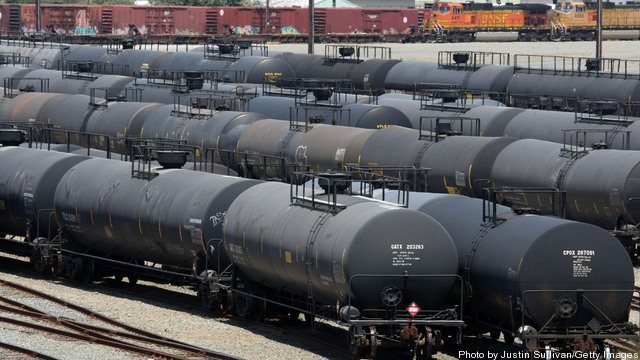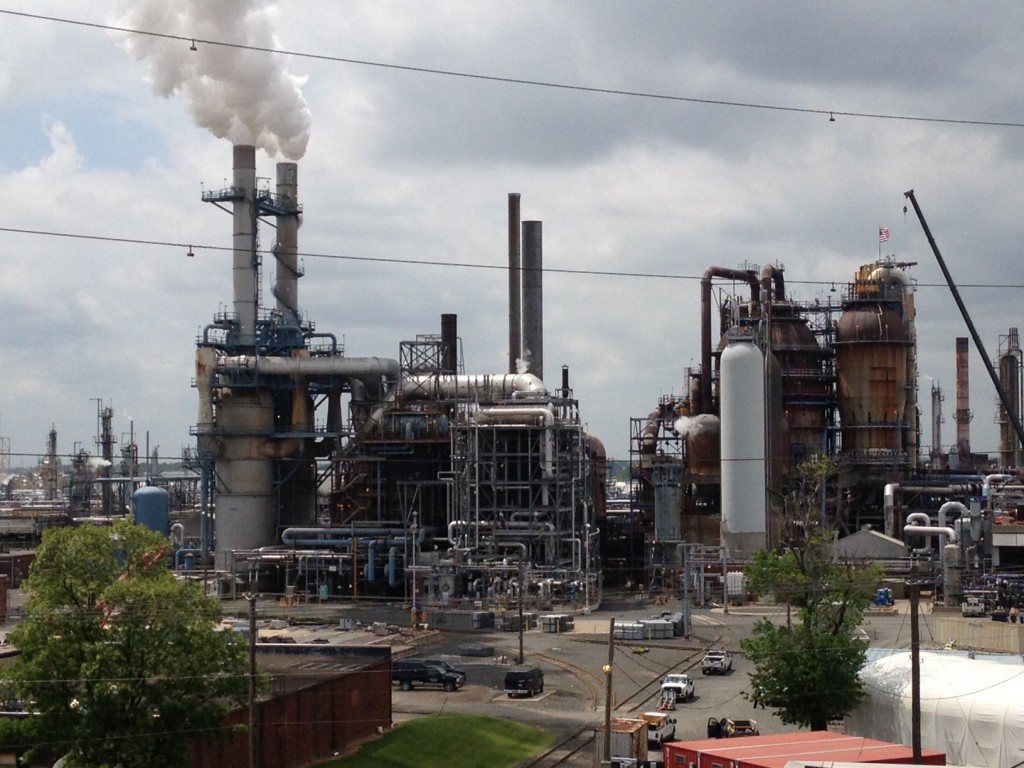Citi’s commodity research team just released a densely-packed note that breaks down the US oil transportation system reorganization currently underway and models potential market impacts associated with shifting crude and product flow patterns. Global oil price benchmark crude West Texas Intermediate (WTI) traded at a slight premium to the world’s other major benchmark, Brent, for… Keep reading →
Crude Oil
Sign up and get Breaking Energy news in your inbox.
We will never sell or share your information without your consent. See our privacy policy.It’s been boom or bust for US East Coast refiners in recent years. While several plants shut down, others adapted their logistics to benefit from shifting supply and market dynamics. The shut downs increased surviving operators’ market share, while access to cheaper Midcontinent feedstock combined to strengthen margins and profitability in some cases. Sheer size… Keep reading →

US refining economics have been under pressure in recent years, particularly on the East Coast, where lack of infrastructure or bottlenecks forced some refineries to process crude imported from overseas markets at prices linked to the more expensive Brent benchmark. But independent refiner PBF Energy saw an opportunity and bought 3 major facilities between late 2010 and early 2011 in an effort to access increasing volumes coming on from the Bakken region and Western Canadian oil sands via rail.
PBF acquired 2 refineries located in Delaware City, Delaware and Paulsboro, New Jersey from Valero with a combined refining capacity of 370,000 b/d. Crude was traditionally transported to these plants via barge and ship along the Delaware River, but PBF constructed a crude rail unloading facility at the Delaware City refinery designed to accept shipments from the Mid-Continent and Western Canada at prices linked to West Texas Intermediate – the US benchmark grade – currently trading at a roughly $20/barrel discount to Brent. Keep reading →



Breaking Down the US Energy Independence Discussion
By Jared AndersonFew topics have received as much attention over the past year as the concept of an energy independent United States. In fact, energy independence featured prominently in the run-up to the US presidential election. But what does energy independence really mean?
In the US, energy can be broken down mainly into electrical power – which accounts for 63% of total US primary energy consumption – and liquid transportation fuels – which account for the remaining 37%. As reported earlier this year in Breaking Energy, the US is already effectively energy independent when it comes to power generation, so it is worth instead focusing on the transportation side of the equation, where the issue of importing energy is more relevant. Keep reading →